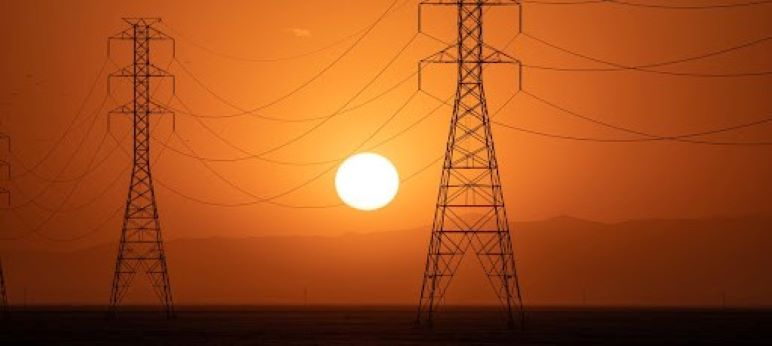I'm not a fan of grid tied, for the reasons gone over previously in this thread. At first I was a fan, when people were using the grid like a battery. Analog meters that simply spun backwards, how good of a deal is that. Then there was smart meters, and billing differently backwards and forwards. Then the price they pay dropped. So if I use 6k during the day average at any given time, it makes zero sense for me to get a 12k or 18k system. Anything over 6k is like free electric for the power company because i'm getting virtually no credit for my off peak consumption.


